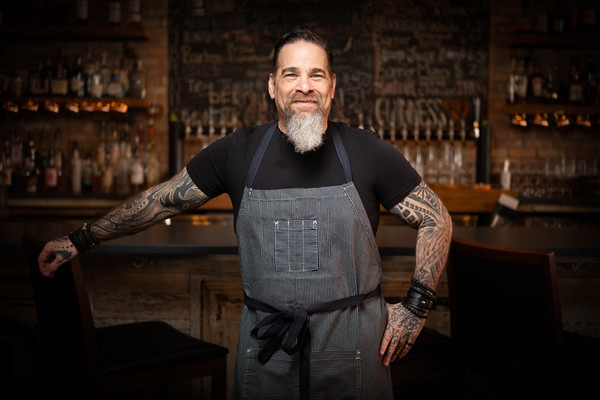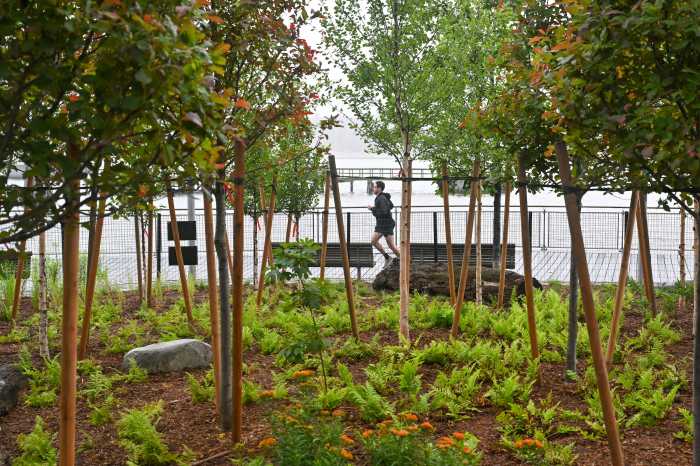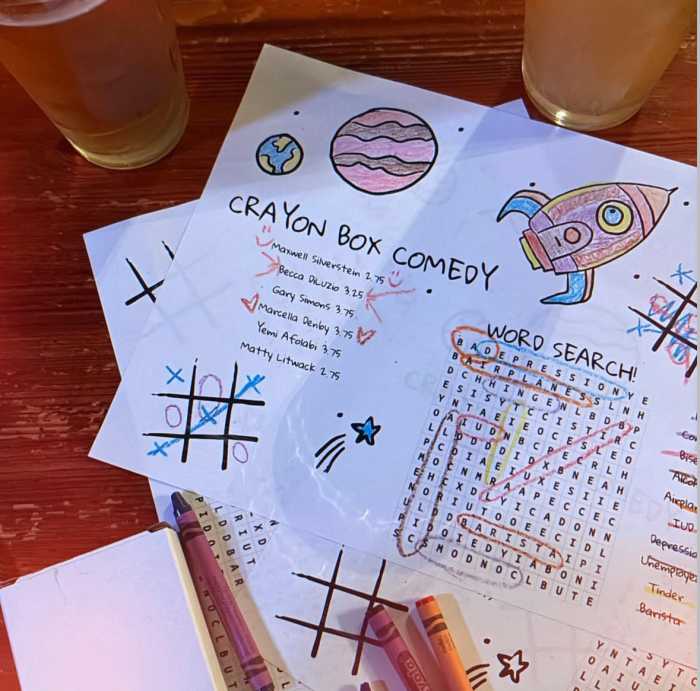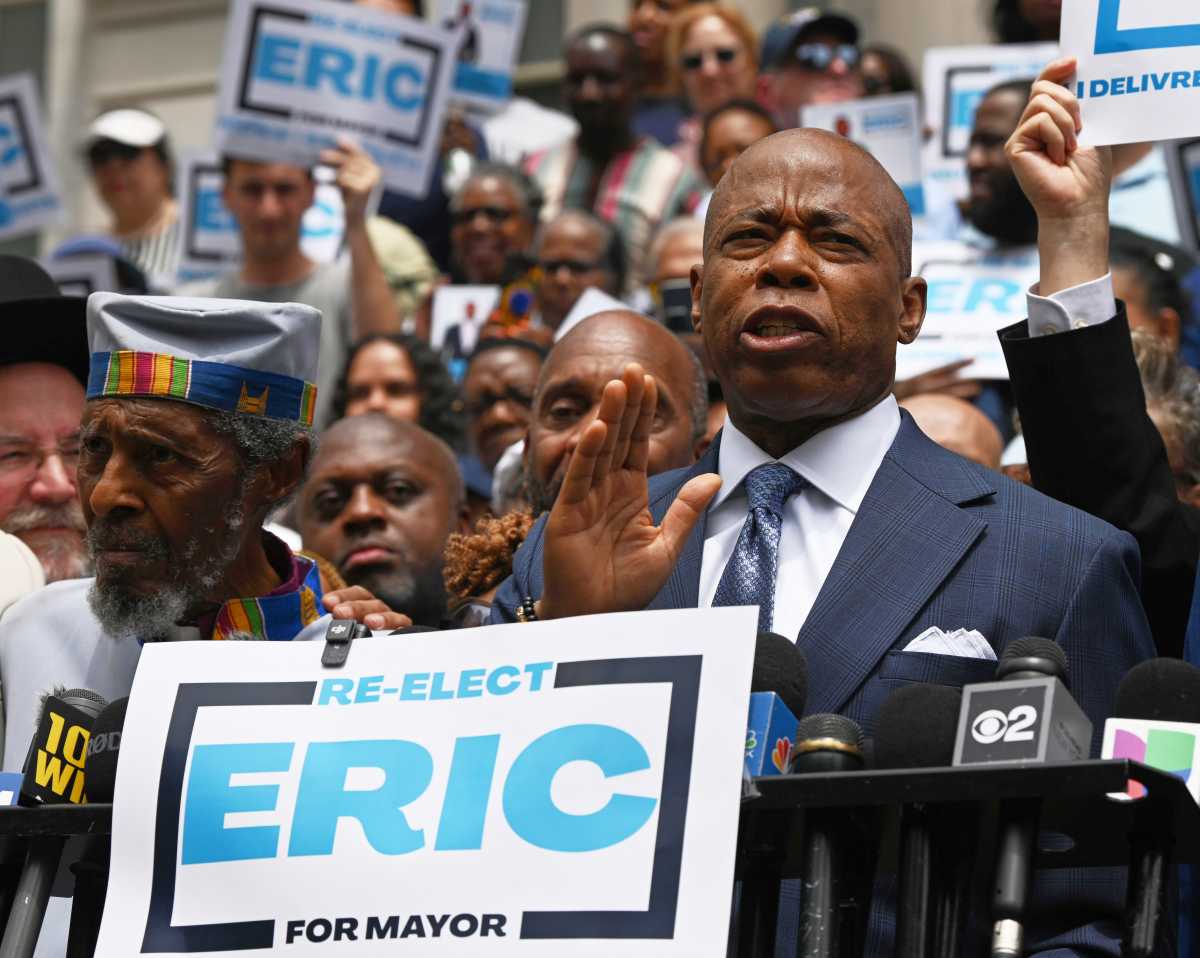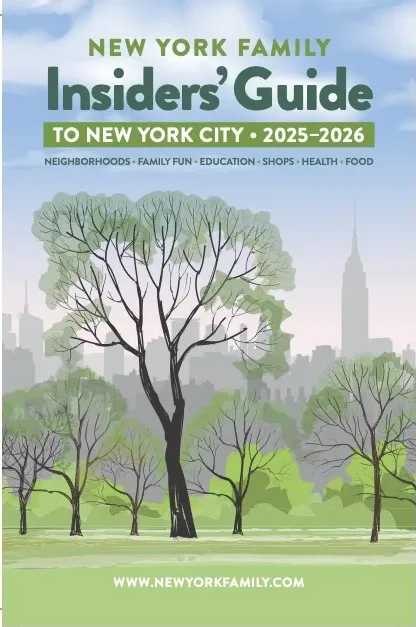Imagine being able to send text messages from a remote location, directing demonstrators where to go to, while receiving and compiling information as situations on the ground changes.
That technology, in the form of information sharing applications such as Twitter, NING, wikis and Android, is widely available and being applied in campaigns ranging from Students for a Free Tibet to volunteers looking to aid hurricane relief efforts in the Gulf. In the coming year, the technology has the potential to change how local community groups conduct campaigns and how institutions interact with Brooklyn residents.
Sitting at the nexus of activism and technology is Not An Alternative, the Williamsburg-based nonprofit that runs the Change You Want to See Gallery (84 Havemeyer St.). Last month, the nonprofit hosted a forum dedicated to educating community members about how to use social networking technologies and engage the mainstream media in their causes.
“2008 was really the beginning of how this tool works within concentrated situations,” Noel Hidalgo, a community organizer with Not an Alternative, said. “I’m looking forward to how local activist communities engage their local message to a global audience.”
By sponsoring these technology forums, Not an Alternative hopes to help local community groups better understand how to use these commercially-used technologies from an organizing perspective. Several of the speakers at the forum stressed that the applications could be obtained inexpensively and did not require buying computers or the latest mobile phones.
“You don’t have to be a wonk or a technophile. All you need is text messaging to a phone and a wiki, a Web site that anyone can edit,” said Deanna Zandt, a blogger who helped organize relief efforts during Hurricane Gustav.
Some groups have already begun using Web 2.0 technologies to connect with its members more easily. Unite Here!’s Elana Levin has blogged news and commentary for members of her union, Michael Heimbinder of HabitatMaps and the Newtown Creek Alliance has used mapping programs to spatially represent brownfields and areas being studied by state agencies for pollution events in Greenpoint, and Neighbors Allied for Good Growth’s Michael Freedman-Schnapp has utilized Facebook groups to recruit new Williamsburg residents to town hall forums.
“A lot of it is going to involve bringing in people who have passions for issues and people who have technical skills who want to help and help them work together,” Freedman-Schnapp said.
Most community groups have not begun using Twitter, a micro-blogging Web site where people can give updates in 140 words or less, and were eager to hear how Not an Alternative applied the program to keep track of voting irregularities in real time during the presidential election. Twittervotereport.com is a decentralized program that enabled voters to send in messages, or “tweets,” to Not an Alternative’s volunteers who then coded and mapped the information online.
“It lets the public know what people are witnessing on the ground, what’s going wrong, and what’s going right in real time on election day,” Nancy Scola, a writer with Wired and consultant with Not an Alternative, said. “The really fascinating thing about this project is how quickly people came together to contribute their expertise to it.”
Hidalgo believes institutions such as the Brooklyn Museum of Art, Brooklyn Academy of Music and even local police precincts could communicate with the public through Twitter, broadcasting new information and addressing inquiries.
“These systems are two-way systems, not one way systems,” said Hidalgo.
In the coming year, Hidalgo and others think that community groups and institutions alike will find new ways to apply the technology to coordinate campaigns and raise an awareness to an increasingly global online audience.
“In the long run, all of our messages, local or international ones weld together and we share many more similarities than differences,” Hidalgo said.
For more information about Not An Alternative, visit www.notanalternative.net.




